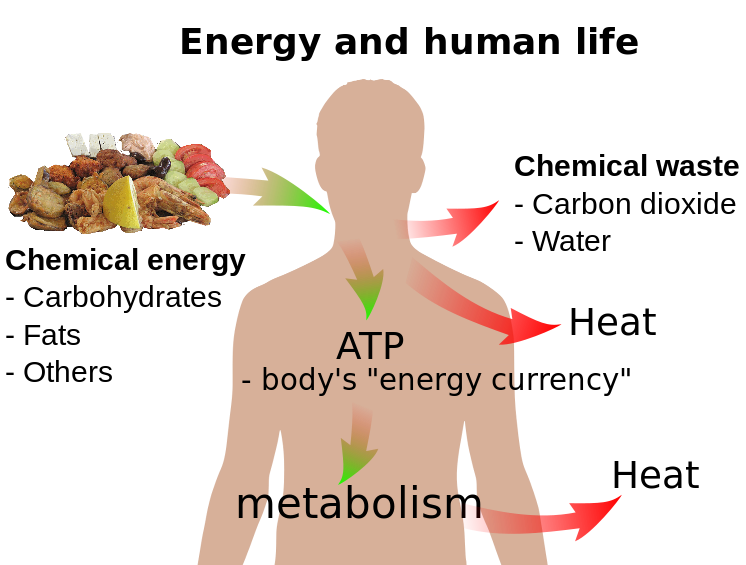Do Warm Blooded Animals Like the Heat
Many animals directly depend on the temperature of their surrounding environment to go on their bodies warm. If the temperature falls, their body temperatures volition also fall, decreasing their efficiency and activeness. These types of animals are called common cold-blooded animals or ectotherms. Reptiles, amphibians, and fish belong to this category. Yet, birds and mammals have different mechanisms to continue their trunk at a constant temperature despite changes in their surrounding surround. Because of this ability, they are called warm-blooded animals or endotherms. The process of maintaining their trunk temperature in a constant value is commonly referred to equally homeostasis. Unlike cold-blooded animals, warm-blooded animals mainly use their food every bit the free energy source for homeostasis. Therefore, the system is very expensive in terms of food free energy.
The heat controlling mechanisms of the torso in warm-blooded animals are mainly controlled by the brain (hypothalamus), which receives signals from the sense organs situated in the peripheral region of the torso. These sense organs are very sensitive to temperature changes in the blood. Whenever they observe any modify, the command center in the hypothalamus adjusts homeostasis mechanisms to maintain the estrus remainder of the trunk.
And then, how does a warm blooded animal get body heat. Let's have a look at that now.
How Does a Warm Blooded Brute Get Body Heat
Metabolism of nutrient is the main method used by warm-blooded animals to generates heat. The free energy obtained through the digestion of food is stored in the liver and muscles. Movements of muscles assist to warm the body equally they generate estrus past increasing rate of respiration. In addition, if a warm-blooded creature rests in cold environs, its muscles brainstorm to motion automatically. This is known as shivering and is another way of warming the body of warm-blooded animals. Moreover, during the common cold season, warm-blooded animals have higher metabolic rates due to the high need of energy. This will ultimately increase the appetite for food during cold seasons.

Another way of getting body oestrus is the reduction of heat loss. Warm-blooded animals have adult various adaptations to retain oestrus or reduce rut reduction. Near of the warm-blooded animals have a fat layer beneath their pare that act every bit an insulation layer for heat reduction. The fatty layer of mammals is fabricated up of adipose tissue. In addition to providing heat insulation, the fatty layer also acts as a shop of food. Almost all mammals have pilus on the skin to retain heat. Most of the warm-blooded animals that live in extreme cold condition take very thick hair and fat in order to provide them a better oestrus insulation. In birds, layers of feathers act as an insulation layer. In cold climates, the sweat glands of warm-blooded animals are closed in guild to reduce the oestrus loss by evaporation. Another adaptation for prevention of heat loss is vasoconstriction, which is the restriction of blood flow near the body surface by reducing the diameter of blood capillaries.
These are the main mechanisms, which generate torso heat in warm-blooded animals. Homeostasis is considered as a very important process in warm-blooded animals because fifty-fifty a small change of body temperature (near 2 °C change) tin cause greater harm to the body arrangement.
References:
Beckett, B. Southward., Biology: A modern introduction, GCSE edition, Oxford University Press.
Anita Ganeri, Animal Scientific discipline, First Edition, Evans Brothers Limited, London.
Image Courtesy:
"Energy and life" By Mikael Häggström – (Public Domain) via Commons Wikimedia
Do Warm Blooded Animals Like the Heat
Source: https://pediaa.com/how-does-a-warm-blooded-animal-get-body-heat/



Comments
Post a Comment